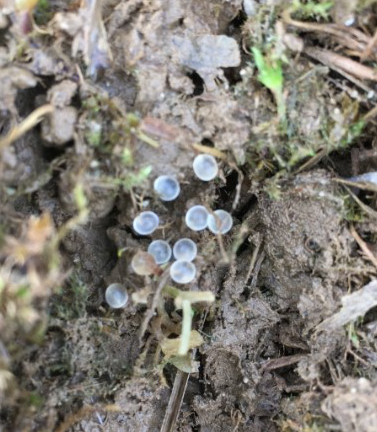Late planting in many areas, the small size of both soybean and corn plants and damp, cool conditions in some areas all lead to a greater damage potential from slugs, according to entomologist Kelley Tilmon.
Although all fields should be scouted for slugs, focus on no-till fields or those fields with cover crops, a history of slug problems, poor weed control, or a lot of residue left on the field. We don’t have good economic thresholds for slugs in corn or soybean, yet the following guidelines are to helpful in scouting for their presence and intensity.
Egg and adult sampling should occur until late May/early June when newly hatched juveniles that are particularly damaging are found. Eggs look like small, pearly BBs and are near the soil surface, buried only slightly under thin soil or residue. Juvenile slugs are quite small.

The most important time to sample for the smaller juvenile slugs is when defoliation is occurring. The best technique to sample juvenile slugs is to visit the field at dusk or immediately after dark (a flashlight helps).
Juvenile slugs are easily found feeding on the plants or crawling over the crop residue. Although there are various sampling procedures involving embedded soil traps with or without beer, these traps do not give a good estimate of juvenile slugs; they are more appropriate for adult slugs.
There are few rescue treatments available for severe slug damage. If caught early enough, fields may be replanted. There are two available poisoned bait options, those containing metaldehyde (Deadline MPs and others), and those with iron phosphate (an organic option). See our slug fact sheet HERE for more information.





